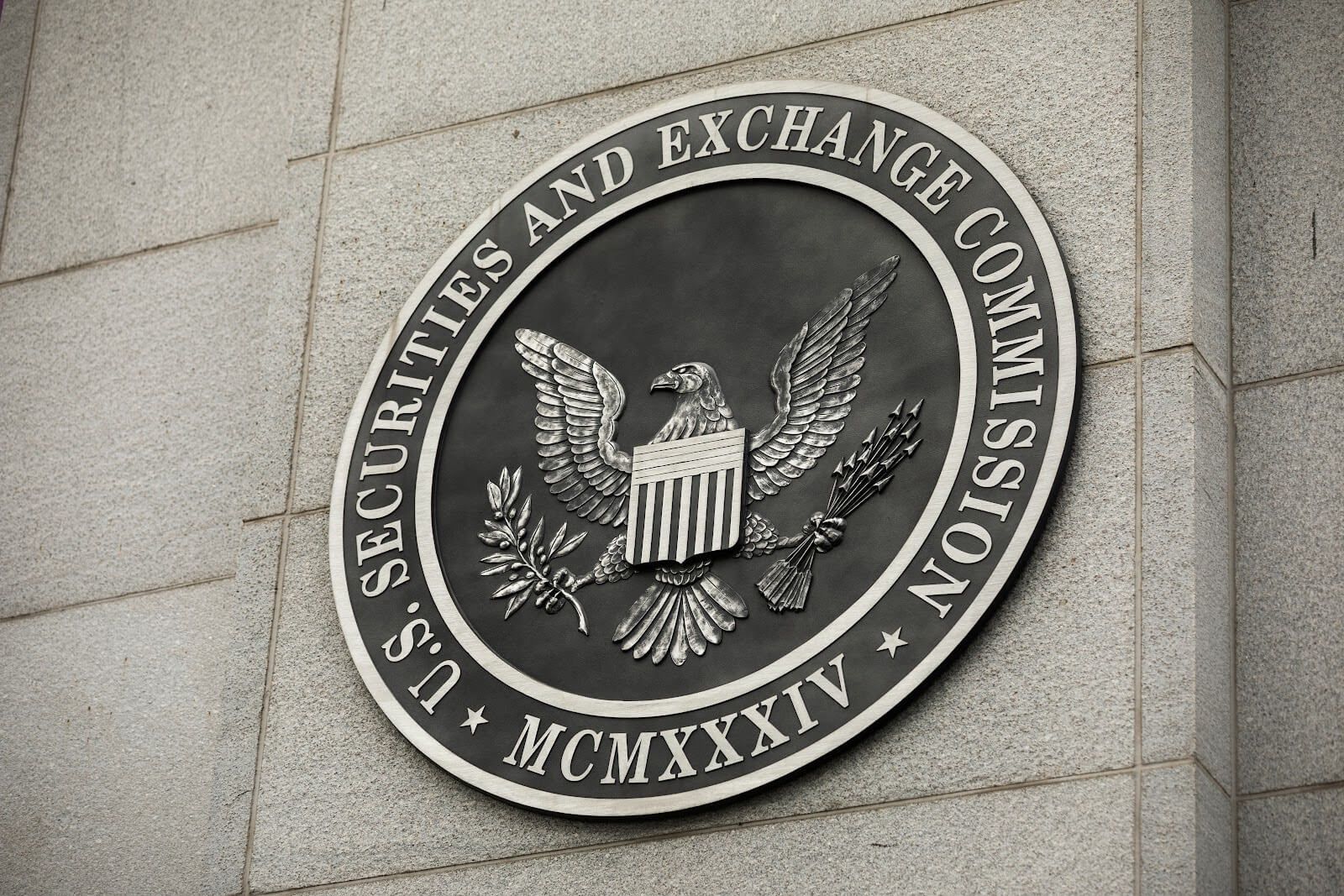On April 4, 2025, the U.S. Securities and Exchange Commission (SEC) issued a new policy statement clarifying its position on stablecoins. While not a formal rulemaking, the SEC’s guidance reflects an evolving enforcement and interpretive posture—one that has far-reaching implications for stablecoin issuers, venture-backed fintechs, and institutional users operating in or adjacent to digital asset markets.
In this article, we break down what the SEC said (and didn’t say), explore the practical impact for founders and product leads, and examine how this statement intersects with pending legislation like the STABLE Act and GENIUS Act.
🔗 Read the full SEC Statement here: SEC Staff Statement on Stablecoins (April 4, 2025)
A New Baseline for Stablecoin Regulatory Expectations
The SEC’s April 2025 statement doesn’t redefine the law—but it does serve as a clear warning to stablecoin issuers and intermediaries. Key takeaways include:
- Stablecoins used for trading or investment purposes may constitute securities, particularly when offering returns or price exposure
- Disclosures are paramount—especially around redemption rights, reserve backing, and custodial risk
- Avoiding market volatility doesn’t exempt tokens from securities laws, especially if “investors” rely on managerial efforts for the asset’s performance
While the SEC acknowledges the role of stablecoins in payments and settlement, it remains skeptical of those designed to facilitate speculative activity.
What This Means for Founders and Product Teams
For builders creating payment rails, asset-backed tokens, or collateralized digital assets, this guidance underscores the need for:
- Clear use cases that emphasize payments and real-world utility
- Robust, plain-language disclosures to users and investors
- Avoidance of speculative marketing language or incentives (e.g., rewards, yields, dynamic pricing)
Founder Insight: If your whitepaper or pitch deck markets your stablecoin as an “investment,” now is the time to revise. The SEC will likely view your product through the lens of Howey.
SEC Focus: Redemption and Reserve Clarity
The SEC places particular weight on whether:
- Users understand how to redeem their stablecoins
- Reserves are transparent, segregated, and verifiable
- There are clear limits on asset rehypothecation
This aligns closely with recent legislative proposals and foreign frameworks like MiCA, which require similar reserve transparency and redemption protections.
Strategic Takeaway: Even if your stablecoin is not classified as a security, your disclosures may be measured against the standards set by securities law.
Coordination—or Conflict?—with Congressional Proposals
Notably, the SEC’s statement appears to carve out space for Congress to legislate, particularly in areas where banking regulators (like the Federal Reserve or OCC) would lead.
However, the agency leaves the door open for enforcement against tokens that:
- Are sold with profit expectations
- Offer incentives that resemble investment contracts
- Lack sufficient disclosures under traditional securities standards
Compare this to:
- The STABLE Act, which establishes a two-tier framework for banks and nonbanks issuing stablecoins under Fed oversight
- The GENIUS Act, which offers a state-federal licensing path and emphasizes consumer protections
Founder Insight: Your token may be fully compliant under a future federal licensing regime—and still draw SEC scrutiny if your marketing crosses the line into investment language.
Enforcement by Statement? Legal Risks Ahead
Although not a formal rule, the April 2025 SEC statement functions as:
- A soft-policy tool to inform enforcement strategy
- A public warning to issuers and exchanges
- A signal to Congress about jurisdictional priorities
This places founders and GCs in a difficult position: structure for tomorrow’s legislative environment while avoiding today’s enforcement exposure.
Startup Risk Alert: Even if your stablecoin is designed for compliance with MiCA or the STABLE Act, if it markets itself as an investable asset or offers pseudo-yields, it could still become an SEC target.
What Should Founders Do Now?
- Review your documentation: marketing decks, legal disclosures, whitepapers
- Eliminate speculative language: returns, profits, or value growth
- Clarify redemption rights: include timelines, mechanisms, and reserve audits
- Engage with legal counsel: if you’re building or marketing a stablecoin, seek clarity early
Legal Structuring Tip: Consider structuring your token in alignment with frameworks like MiCA, which may provide future regulatory harmonization with U.S. law.
Final Thoughts
The SEC’s April 2025 stablecoin statement doesn’t change the law—but it does clarify the agency’s current posture and enforcement priorities. If you’re building a product in the tokenized payments or asset-backed space, you must align your messaging, structure, and disclosures now—not after litigation or inquiry.
At Veritas Global, we help fintech founders, stablecoin issuers, and institutional tokenization platforms navigate cross-border regulatory complexity—from SEC disclosures to MiCA compliance and stablecoin structuring.
Have questions about your stablecoin or asset-backed token? Contact us today to future-proof your legal strategy.
📘 Also read: Our breakdown of the STABLE Act and GENIUS Act.

